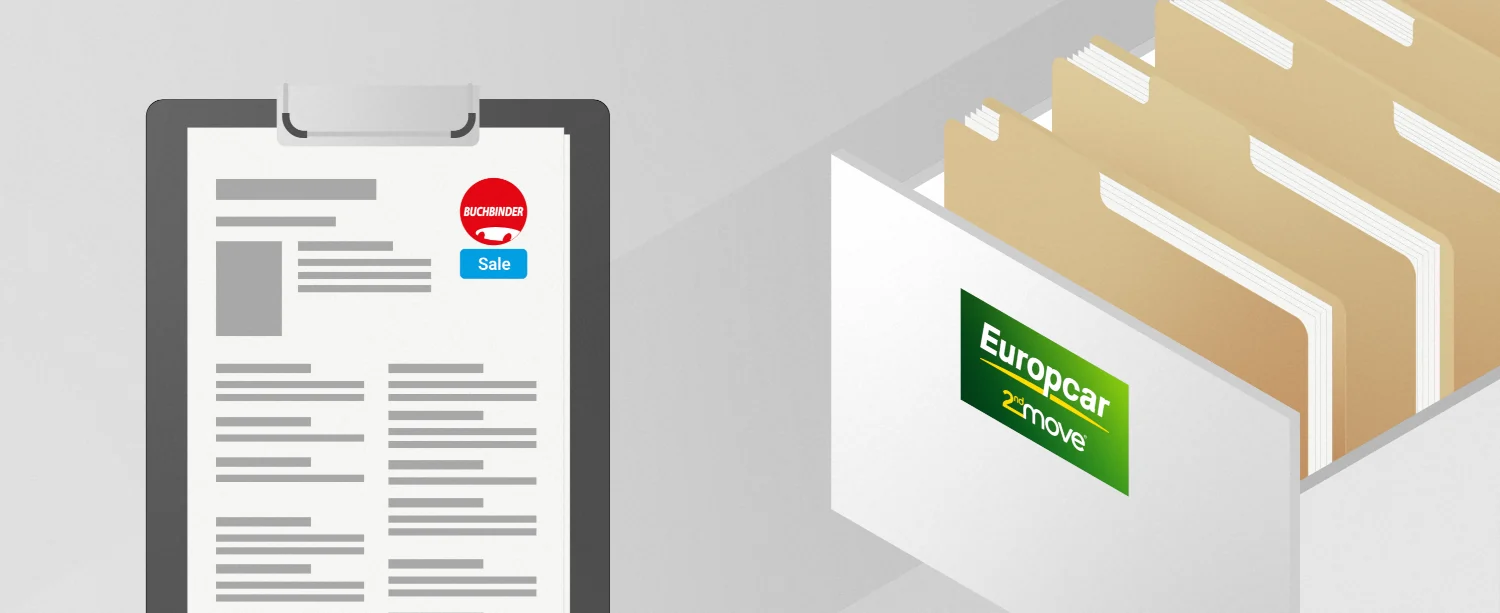As a pioneer in the use of electric vans, Deutsche Post used electric vans with a range of 30 km/h up until the 1960s. However, the development of electric commercial vehicles was held up at the time because fossil fuels were cheaper than electricity at the time. But now the time is ripe. The shift to e-commercial vehicles has become inevitable as it has been recognized that fossil fuels are a powerful driver of climate change.
In 2014, the Post was again looking for suppliers for electric parcel cars, but did not find what they were looking for from the big suppliers and ended up buying up the small manufacturer Streetscooter. The development of the vehicles started in Aachen in 2010 under the direction of two professors from the RWTH for use in the parcel delivery service.
Electric commercial vehicles on the rise
There are now more and more manufacturers who sell purely electric commercial vehicles. Large logistics companies such as GLS, UPS and Otto Group are pursuing the goal of becoming climate-neutral in the medium term. Amazon has bought 100,000 electric delivery vans from US manufacturer Rivian in the US.
According to the climate goals of the Paris climate protection agreement in 2016, all traffic should be emission-free by 2050. In order to reduce traffic emissions worldwide, some countries such as the USA, Canada, China, Japan and India have already introduced limit values for commercial vehicles.
By 2030, the EU wants to reduce CO2 emissions from heavy commercial vehicles by at least 30 percent compared to 2019. For this, craftsmen and delivery services for commercial and private customers must also be climate-friendly on the road.
A market in constant development
So far, e-commercial vehicles such as buses or trucks have realistically achieved a range of 200 to 300 kilometers. However, this depends on the driving style and how much electricity is used for heating or air conditioning. The battery plays a key role in further development. The better the battery technology, the greater the range. Manufacturers and suppliers are constantly working to make batteries and charging technology more efficient. In 2017, the US manufacturer Proterra showed just how great the range potential is: the Catalyst E2 Max electric bus covers almost 1,800 kilometers with one battery charge. Between the current range of 200 to 300 km and this record, there is still great potential that needs to be exploited.
E-transporter as a solution for short distances
The best-selling 1-ton van in 2022 in Europe and Great Britain was the Ford Transit. The Custom PHEV version has also been available in electric form since 2022. With electric drive, it has a range of 56 kilometers. Supplemented by its three-cylinder combustion engine, it achieves a total range of 500 km. Other German and foreign providers are competing with their models.
According to a McKinsey study for the IAA Transportation 2022 in Hanover, more than half of the newly registered trucks in Europe, the USA and China will be electrically powered in 2035. The proportion of commercial vehicles with electric fuel cell drives is expected to account for more than 85% of new registrations by 2040.
Buchbinder Auction closely monitors the current market development in order to also offer e-commercial vehicles at the right time. Now, little by little, the E-models are coming onto the market, which will also be considered for future Buchbinder auctions.
 To register, you will be redirected to the Europcar 2ndMove website. After registering, you can log in to Buchbinder-Sale.de.
Next
To register, you will be redirected to the Europcar 2ndMove website. After registering, you can log in to Buchbinder-Sale.de.
Next
 To register, you will be redirected to the Europcar 2ndMove website. After registering, you can log in to Buchbinder-Sale.de.
Next
To register, you will be redirected to the Europcar 2ndMove website. After registering, you can log in to Buchbinder-Sale.de.
Next






 Registration
Registration  Login
Login All vehicles
All vehicles  Direct Sale
Direct Sale
 Auctions
Auctions
 Service
Service
 Company
Company
 My Area
My Area 
